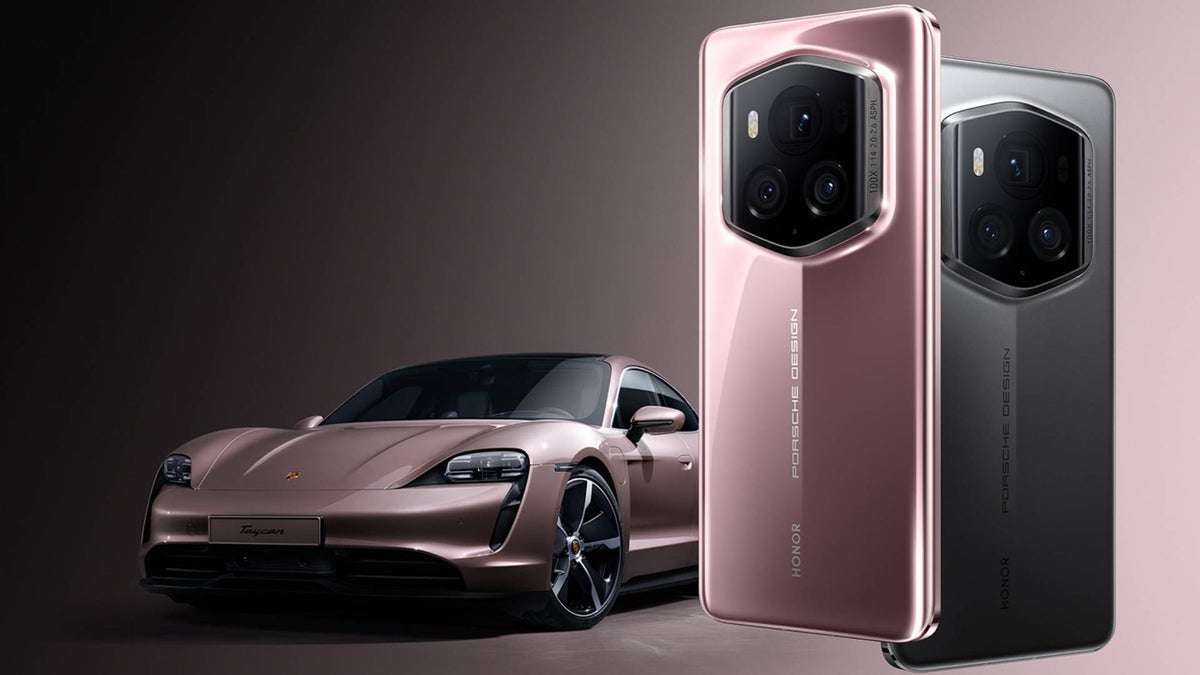); and it’s up to users to check whether the dual-layer OLED miracle is living up to its promises.
Additionally, this technology is claimed to provide brighter visuals and improved power efficiency.
Single-layer OLED (Organic Light-Emitting Diode) screens are built with a single layer of organic compounds that emit light when an electrical current is applied. This technology allows for a wide range of colors and deep blacks because each pixel can be controlled independently, turning on and off as needed, eliminating the need for a backlight.
This is how you get glorious high contrast ratios and true blacks, as unlit pixels do not emit any light. Single-layer OLED displays are known for their thinness, flexibility, and efficiency; no wonder they’re so popular. They offer excellent viewing angles and response times, contributing to smoother animations and less motion blur in dynamic images.
Of course, single-layer OLED displays have their limitations and drawbacks. They are susceptible to degradation over time, leading to issues like burn-in, where static images “burn” into the display, leaving a ghostly residue. Creepy stuff!
Additionally, while they excel in contrast and color accuracy, they may struggle with peak brightness compared to LED screens or double-layer OLEDs. The lifetime of these displays, particularly the blue organic compounds, is shorter than that of other technologies, which can affect the overall longevity of the screen.
Double-layer OLED screen technology explained

Double-layer OLED technology builds upon the single-layer approach by introducing an additional layer of organic light-emitting compounds. This setup aims to enhance the display’s brightness, efficiency, and durability. By having two layers, the screen can distribute the workload, potentially increasing the overall lifespan of the display and reducing the likelihood of burn-in.
The additional layer allows for more light to be emitted without significantly increasing power consumption, leading to brighter displays that are still energy-efficient.
But – this is even better – double-layer OLEDs can improve color accuracy and volume by providing a broader range of colors and deeper color saturation. This technology retains the benefits of single-layer OLED, such as high contrast ratios and flexibility, while attempting to address some of its limitations. The inclusion of a second layer can, however, result in a slightly thicker display, which might be a consideration in ultra-thin device designs.
So, how do you like your phone displays? Thin (and with a burn-in proclivity) or thick (with juicy, rich colors and an extended lifespan)?
One of the significant advantages of double-layer OLED screens is their improved longevity and resistance to burn-in, making them more suitable for devices with static images or interfaces. Additionally, the enhanced brightness levels make these screens more readable in direct sunlight or brightly lit environments.
Pros:
- Increased brightness and efficiency
- Improved longevity and resistance to burn-in
- Enhanced color accuracy and volume
- Retains high contrast ratios and flexibility
Cons:
- Slightly thicker than single-layer OLED screens
- Potentially higher manufacturing costs
In essence, double-layer OLEDs aim to enhance brightness, color, and durability while maintaining the advantages of OLED technology, albeit at the potential cost of increased thickness and manufacturing complexity.
Single-layer vs. Double-layer OLED (for foldables)
Here’s a question that phone makers will be asking themselves in 2025, and onwards: “Should we go single or dual for our next folding device?”Single-layer OLED screens, being thinner and more flexible, are naturally suited to the bending and flexing required in foldable phones. Their flexibility facilitates the creation of devices that can be folded without damaging the display.
Double-layer OLEDs, while offering improved brightness and durability, present a challenge due to their slightly increased thickness. In foldable phone applications, where every millimeter contributes to the device’s overall bulk and foldability, this can be a major issue.
Apple is taking notes, as usual
There’s a brand that will also jump on the dual-layer OLED wagon: Apple. It’s just that Cupertino needs several more years to sort things out.
“In 2028, we expect the iPad Air to go OLED as well, with the iPad Air using single-stack and the iPad Pro using two-stack tandem OLEDs,” said Omdia researcher Kang Min-soo recently.
Well, we hope by 2028 the iPhone gets the dual-layer OLED treatment as well. If by that time Apple’s phone bends in two, however, it will probably remain with a single-layer OLED display. Not that there’s something wrong with it…
It’s interesting to see where Samsung will take its fans in 2025 in terms of display technology. Again, the screen on the Galaxy S24 Ultra has proven to be solid (in every aspect, not just in mere toughness):


Do you care about dual-layer OLEDs?
Both the Magic 6 Ultimate (~$1000) and the Magic 6 RSR (~$1400) are not cheap. Maybe BOE’s new dual-layer OLED display is to blame for that?
I don’t expect a two-stack tandem OLED in, say, the Pixel 8a, but it will be nice to see this display technology spread across more devices. Yup, it will come with a price, but, eh, everything is expensive these days. Even eggs.
